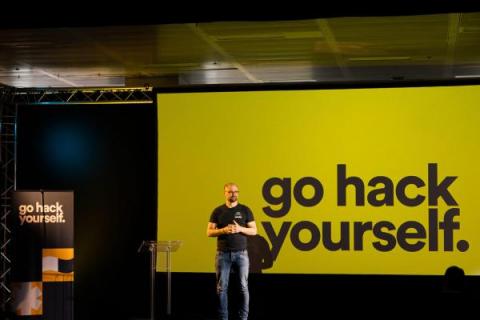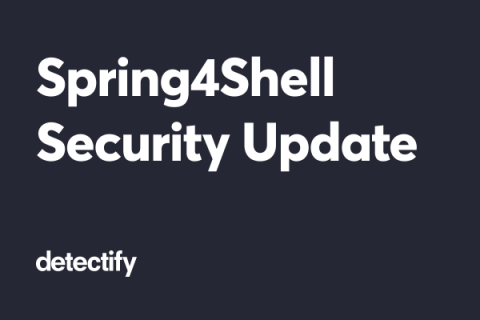Gartner's top security threat and pentesting vs continuous scans - what you missed from Hack Yourself Stockholm 2021
Included by Gartner in 2021 as a major cybersecurity category and an emerging product, the External Attack Surface Management (EASM) term might be new. Still, the idea behind it is nothing new: identifying risks coming from internet-facing assets that an organization may be unaware of. A few companies, including Detectify, have been highlighting the importance of the attack surface and understanding the potential risks of the constantly-changing environment.











